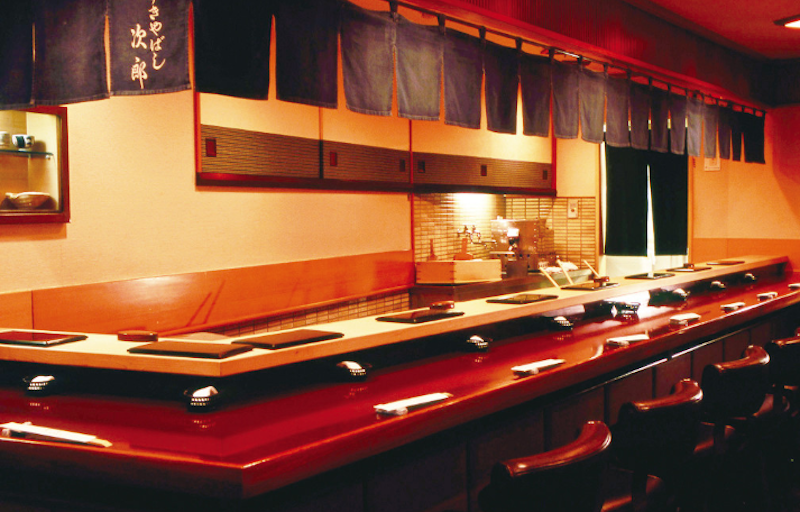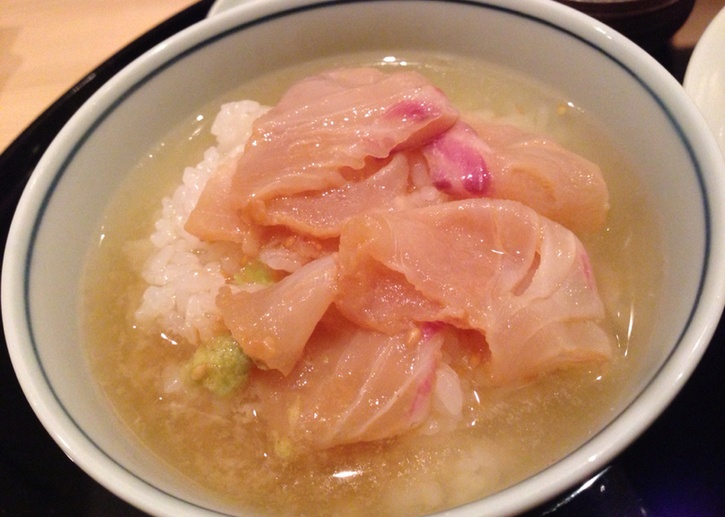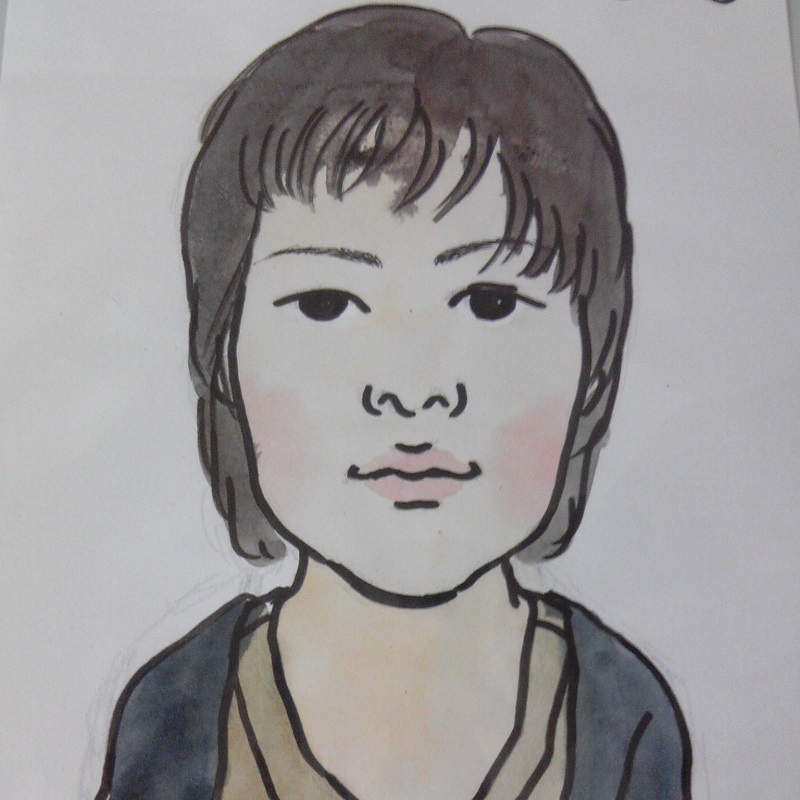Tokyo's Top 5 Three-Starred Restaurants
Tokyo has more Michelin-starred restaurants than any other city in the world, and each is unique. Here we introduce five three-starred restaurants in the metropolis, each of which enjoys the distinction of occupying the top rung on the ladder in the world of culinary creation.
By Mina Otsuka5. Joël Robuchon (Ebisu)
Located in Ebisu, this French restaurant has never lost a star since the first Michelin Guide Tokyo was published in 2007. Tables dressed with black cloth sit on black carpet, creating an elegant contrast with the grand chandelier and surrounding golden walls. Chef Robuchon's staff design each plate of food even more carefully, and serves it graciously. There's no fixed menu, as dishes are based on the ingredients in season.
4. RyuGin (Roppongi)
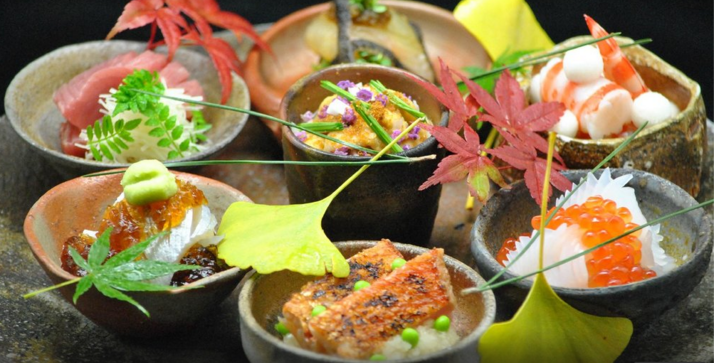
http://www.tripadvisor.jp/Restaurant_Review-g1066451-d1062282-Reviews-Ryugin-Minato_Tokyo_Tokyo_Prefecture_Kanto.html#photos
Owner and head chef Seiji Yamamoto buys the finest natural ingredients in Japan each day and turns them into dishes that elevate their flavor to an even greater level of richness. Located in the heart of Roppongi, RyuGin offers diners tranquility in this otherwise bustling and upscale Tokyo neighborhood. In the chef’s selection course, diners get to experience the richness of Japanese cuisine in every possible way, from two (warm and cold) appetizers, a sashimi platter, shabu shabu, a daily rice dish, sweets and more.
3. Usuki-Fugu Yamadaya (Nishi-Azabu)
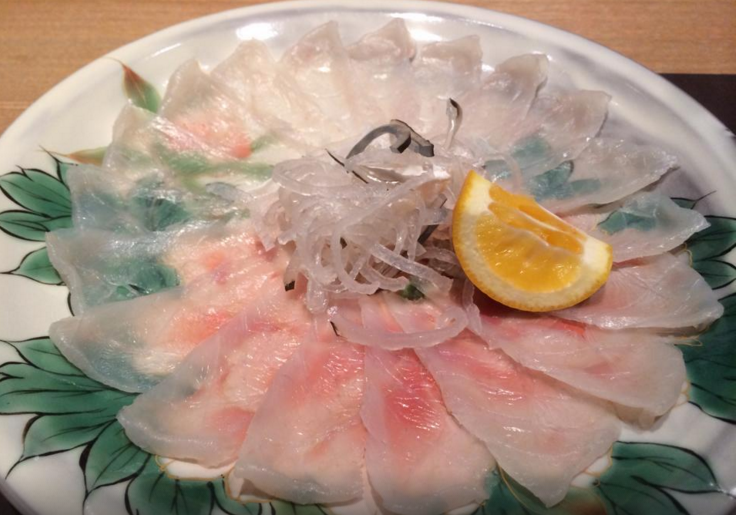
http://www.tripadvisor.jp/Restaurant_Review-g1066451-d2271580-Reviews-Usuki_Fugu_Yamadaya-Minato_Tokyo_Tokyo_Prefecture_Kanto.html#photos
As its name implies, Usuki-Fugu Yamadaya is a Japanese restaurant specializing in fugu (puffer fish) dishes. The restaurant opened in 2006 as a branch of Ryotei Yamadaya, a traditional Japanese restaurant in Usuki City, Oita Prefecture. The fugu course introduces diners to a number of ways in which fugu can be tasted in its savory form, such as sashimi, deep fried, and fugu-chiri (cooked in a pot). Head chef Fumie Yamada has years of experience preparing the poisonous fish, making Usuki-Fugu Yamadaya the safest—and best—fine restaurant to enjoy fugu in Tokyo.
2. Makimura (Oimachi)
The signature dish at this Japanese restaurant is tai chazuke: sea bream with rice soaked in tea. Chazuke is usually eaten at the end of a meal at izakaya restaurants (Japanese-style pubs) or at home as a light meal—but at Makimura the tai chazuke is a main dish in itself. Diners are first served slices of fresh tai sashimi, some of which are meant to be immediately eaten raw, and the rest are cooked by adding tea to the dish. Chef Akio Makimura also makes broth that contains the rich, umami flavors of kombu seaweed to add to the simple but elegant dish. The restaurant is also noted for its views of Tokyo Bay.
1. Sukiyabashi Jiro Honten (Ginza)
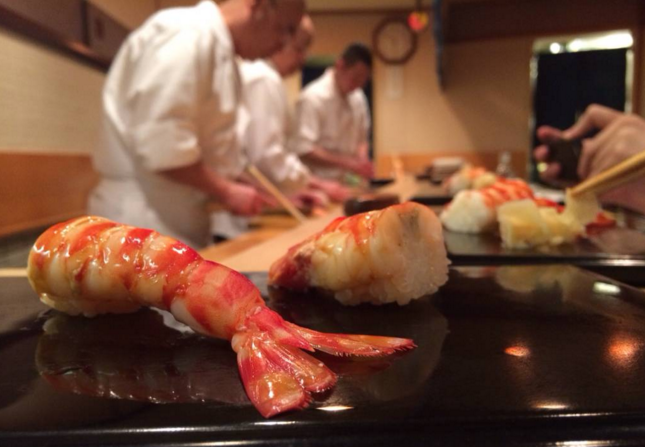
https://www.wongnai.com/restaurants/144528dt-sukiyabashi-jiro-honten/photos/1e50cd9861f3445692e05fee4e7a3648
What can better define Japanese cuisine than sushi? If you've seen the documentary film Jiro Dreams of Sushi (and if you haven't, we think you should!), then you know all about Sukiyabashi Jiro. This sushi restaurant has been awarded three Michelin stars for the last eight years, and the staff serve the best, most precious sushi in Japan, if not the world. On the chef’s choice course, diners will find familiar types of seafood—tuna, prawn, squid, yellow tail, mackerel, sea urchin—yet when they encounter them at Sukiyabashi Jiro, the experience will be unforgettable. Reservations are very much required; the restaurant is fully booked months in advance.


